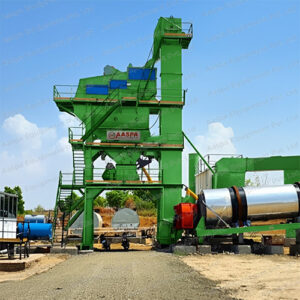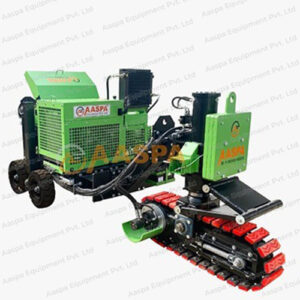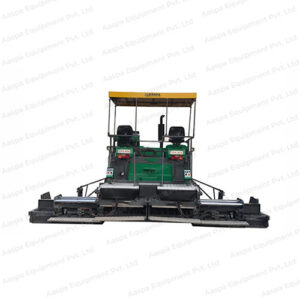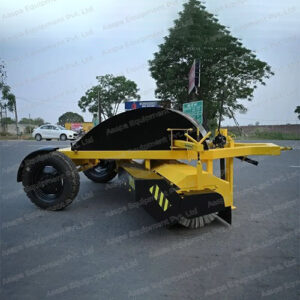Coal Fired Burner
Introduction
AASPA’s coal fired burners are engineered to deliver the high temperatures essential for efficient asphalt production. Designed for integration with asphalt batch mix plants, our burners utilize pulverized coal to produce intense, consistent heat. This high performance heating solution ensures optimal drying and heating of aggregates, enhancing the overall quality of your asphalt mix. With advanced control systems for precise temperature management and efficient fuel use, AASPA’s coal fired burners provide a reliable and effective solution for your asphalt production needs.
Dual Burner Changeover Track In Asphalt Plant.
AASPA’s Coal Fire Burner comes with an easy changeover track, offering a dual burner option – Diesel Fired Burner and Coal Fired Burner. Transitioning from liquid fuel to coal fire takes just 30 minutes, minimizing downtime.
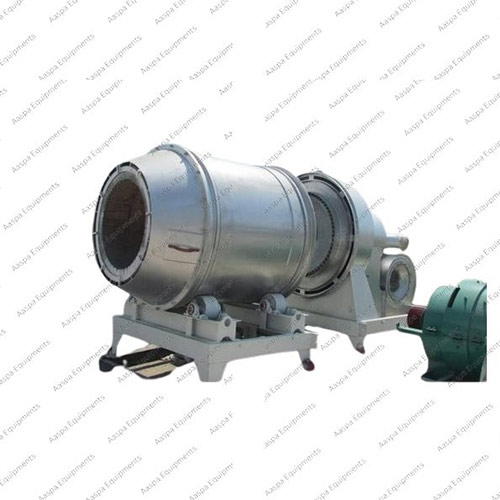
Sub Heading
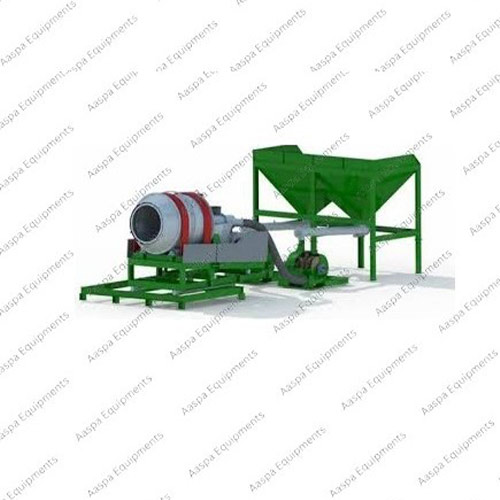
Sub Heading
The Pulverized Coal Combustion System is a vital component in asphalt batch mix plants, designed to efficiently burn pulverized coal to generate the high temperatures required for asphalt production. The system comprises several key elements working together to ensure optimal performance:
SYSTEM COMPONENTS
•Rotary Furnace
The core of the system where the pulverized coal is burned. It features an external and an internal damper regulator for precise control of airflow and combustion efficiency.
•Coal Pipe
Transfers the pulverized coal from the mill to the rotary furnace.
•Pulverizer
Crushes raw coal into fine powder. The coal is first loaded into a temporary storage bin and then transported via a screw conveyor to the pulverizer.
•Screw Conveyor
Moves raw coal from the storage bin to the pulverizer for grinding.
•Coal-Fired Temporary Storage Bin
Stores raw coal before it is pulverized and fed into the furnace.
• Igniter
Used to ignite the fuel and initiate the burning process within the furnace.
•Oil Supply Device
Injects fuel oil into the furnace to assist in igniting the pulverized coal.
•Control Unit (LCP of Asphalt Plant)
Manages the overall operation of the combustion system, including temperature control and burner settings.
•Burning Coal Temporary Storage Bin
Holds pulverized coal before it enters the combustion chamber.
•Furnace Fan
Blows air into the furnace to mix with the coal powder, enhancing the combustion process and ensuring even heating.
Raw coal, with a particle size of no more than 5 mm, is first loaded into the temporary storage bin. It is then conveyed to the pulverizer, which grinds the coal into a fine powder. This pulverized coal is transported via the coal pipe to the rotary furnace.
Before the pulverized coal is introduced into the furnace, the oil supply device injects fuel oil. The igniter ignites the fuel, which in turn ignites the pulverized coal. Once the coal reaches a stable burning state, the oil supply is ceased. The furnace fan circulates air through the furnace, creating a high temperature flow that thoroughly mixes with the coal powder and generates the necessary heat.
The system includes two damper regulators: an external damper for regulating external air volume and an internal damper for adjusting the air volume within the furnace. These dampers are adjusted to control the combustion process, ensuring efficient and effective burning of the pulverized coal.
By maintaining precise control over the combustion conditions, the pulverized coal combustion system ensures consistent and efficient heating, contributing to high-quality asphalt production.
Inefficient Fuel Combustion
Older coal-fired burners may suffer from inefficient fuel combustion. This poor performance results in higher fuel consumption and therefore increased operating costs; This is also an issue that needs attention.
Environmental Concerns
The environmental impact of coal-fired burners, particularly emissions, has raised significant concerns in recent years. The need to address these environmental issues is becoming increasingly urgent.


